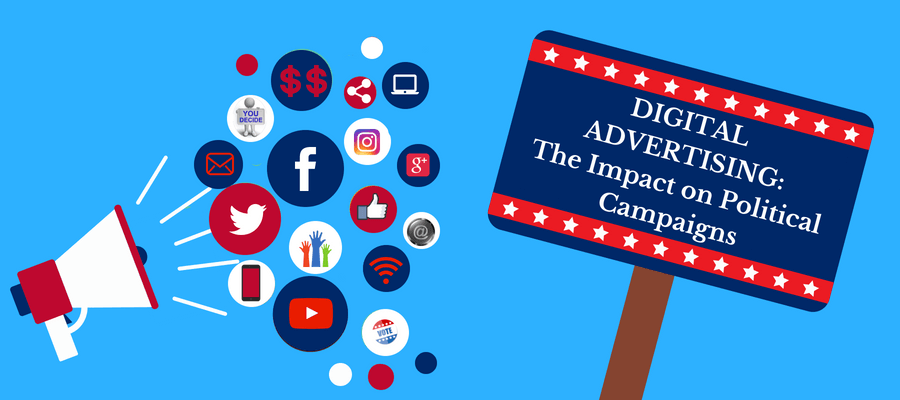Many businesses use geofencing technology, also known as location-based marketing. Geofencing allows you to draw an invisible fence around a specific area (building or geographic location) and deliver digital advertisements to anyone traveling within the invisible boundary. This digital approach can send promotions to the smartphones or tables of anyone online entering the targeted zone. You can continue to serve ads to someone even after the area is left. It is a great way to create awareness of your product or service. There is an ability to serve ads to users (who have been in a geofence) within a time frame. We call it a “lookback window” of up to 12 months. Various industries benefit from location marketing:
Medical
Hospitals are perfect for geofencing, given the inability to advertise within medical buildings. If a medical supplier needs to get their product or service in front of likely customers, hospital patients, a geofence campaign is a great marketing solution. Engaging digital advertisements reach the patient in need of services or products while in a waiting room. For instance, a long-term rehabilitation facility can advertise services and get directly in front of potential customers – those needing services after surgery or injury. Geofencing is a concise way to drive traffic to your website and gain customers.
Political
As voters go into the polls to cast their vote, politicians must stay a specified distance from the poll building’s entry point. With geofencing, you can send digital ads to voters’ phones while they are in the building to keep you top of mind. What a powerful marketing tool to get in front of constituents while they wait to vote!
Home Service
Home service companies for weather-based emergencies can benefit from geofencing. These are companies that service customers caught in a crisis brought on by the weather. For instance, a company that mitigates flooding in buildings affected by rain floods or a roofing company that restores hail-damaged roofs can target a specific area suffering from bad weather. The advertising campaign zeros on likely customers in the path of the storm and serves digital ads, which makes them aware of businesses that may assist in restoration of damage.
Automotive
An advantage of geofencing is serving your digital ads to competitors’ locations. This type of advertising is particularly advantageous for automotive dealers. For instance, a Ford dealership can geofence a GM store and serve advertisements about their Ford car specials while the customer is car shopping. Talk about a “check mate!”
Including All Digital Devices
Although geofencing campaigns place advertising in front of many eyeballs, it sends the advertisement to everyone within the geofence, whether they are buyers or not. Additionally, geofencing campaigns work solely on phones and tablet devices, excluding desktop computers. In recent years, this incredible technology has evolved into something more innovative and precise, with the ability to target current customers; Enter addressable geofencing – a step more advanced.
One Step More: Addressable Geofencing
Addressable geofencing is a promising way to deliver your message to potential buyers that goes beyond just geofencing. Addressable geofencing may be considered a substitute for traditional mail or email. It works through geofencing technology but layers in and targets physical addresses and demographics. A business can provide house or company addresses to upload, which zeros in on latitude and longitude coordinates and serves digital ads to those specific addresses. Addresses can derive from your company’s CRM list and become highly targeted. Additionally, you can segment your CRM based on specified online behaviors. The bottom line; addressable geofencing is targeted! It allows you to do the following:
- Direct ads to all digital devices, not just smartphones, such as tablets, desktop computers, and gaming devices.
- Use your prospect database, including physical home or business addresses, to draw geofences around a target area of people in need of your products or services.
- Use of third-party data, like census info, to gain a better impression share than traditional geofencing
- Connect with customers by adjusting your marketing messages based on your audience data to improve sales
- Analyze the advertising campaign’s success by tracking conversions, including purchases or store traffic.
Many businesses, such as stores, use geofencing, but other industries have been successful with addressable geofencing campaigns. Addressable geofencing can capture customers with B2B (Business to Business) or B2C (Business to Customer) intentions. Some of the vertical markets that successfully employ addressable geofencing are:
Dental (manufacturers and suppliers)
It is nearly impossible for dental distributors to meet or conduct face-to-face meetings with their client base at dentist offices with the pandemic looming. However, addressable geofencing can get in front of the clients’ computer screens to showcase new products. We can change the digital ads with regularity (every 30-45 days) to introduce new products. Geofencing ads keep the dental company’s name and products in front of potential buyers.
Political
With the recent narrowing of Facebook’s ability to obtain third-party data or demographics, political candidates need to expand their advertising footprint to get more votes. Addressable geofencing allows you to upload your voters’ lists to target constituents. Your ad can be custom-made to address issues of interest for each household. For instance, you can create an ad that addresses 2nd amendment rights and direct those ads to people that support or don’t support those rights, depending on your intended message. The ads show up on all the digital devices in that household multiple times per day, which increases audience viewership. In political campaigns, you can drive your message to a specific audience with high frequency, which is essential so that you are top of mind. We witnessed phenomenal results with political campaigns running addressable geofencing.
Automotive
The ability to target demographics, behaviors, and addresses may be a viable option for auto dealers. Addressable geofencing can target potential customer homes on either side of the income spectrum, higher-income earners and lower-income earners. The high-income households may be interested in luxury car inventory, whereas lower-income residents may benefit from specials and financing advertisements.
Addressable geofencing can be ramped-up by adding in traditional geofencing. Special offers can be incorporated into the digital ads and drive people to a website or landing page where individuals can learn more. Then receive more ads in the future through retargeting, making your business top of mind.
Hire a firm with years of geofencing technology experience and understands how to implement a successful digital marketing campaign. Contact JAC Advertising Consultants to get started.










